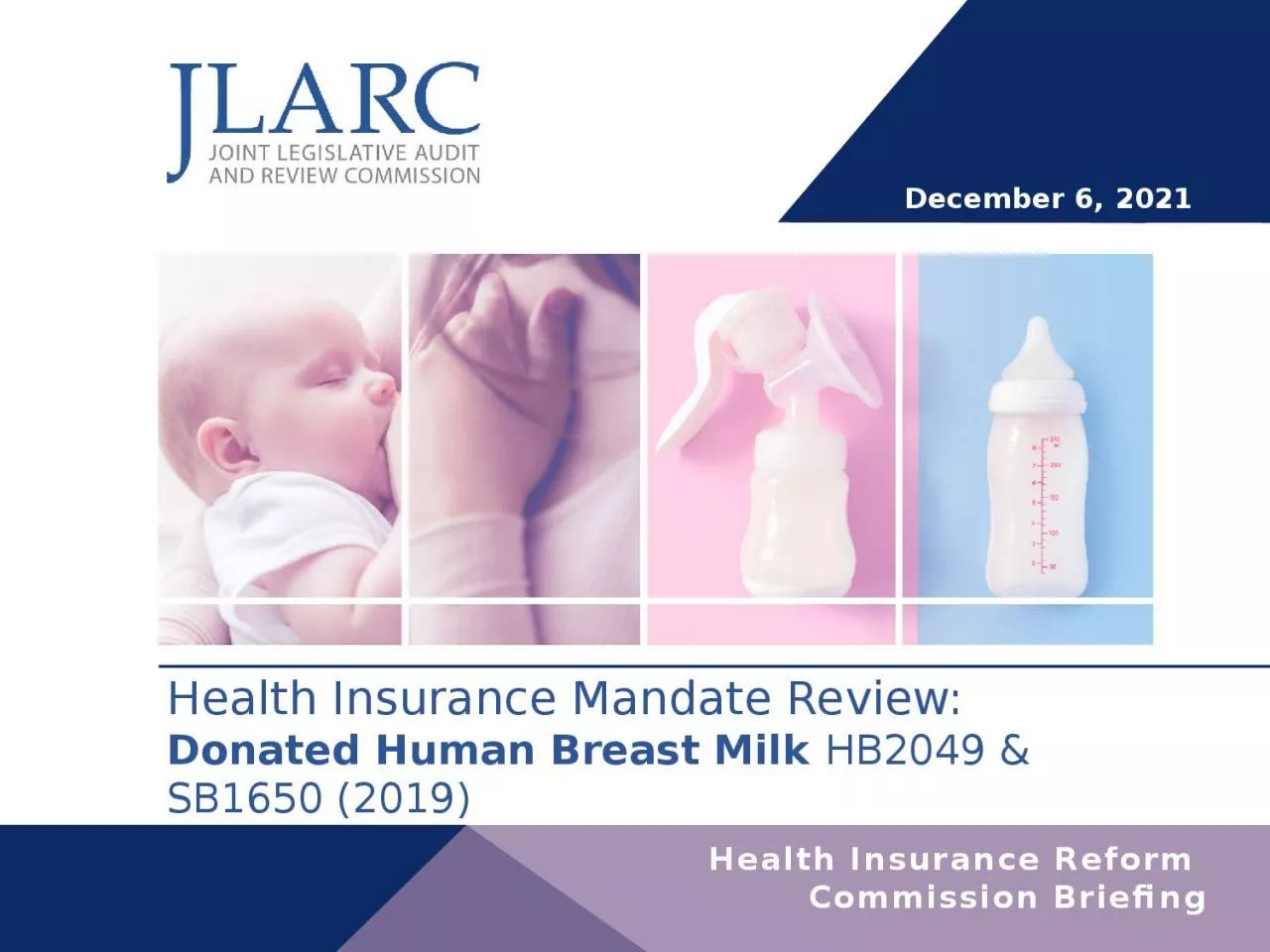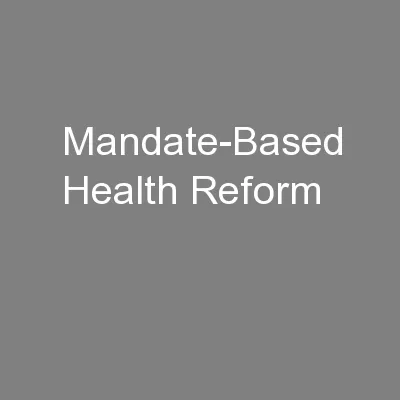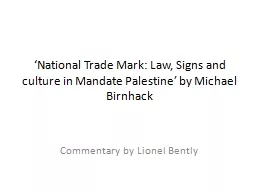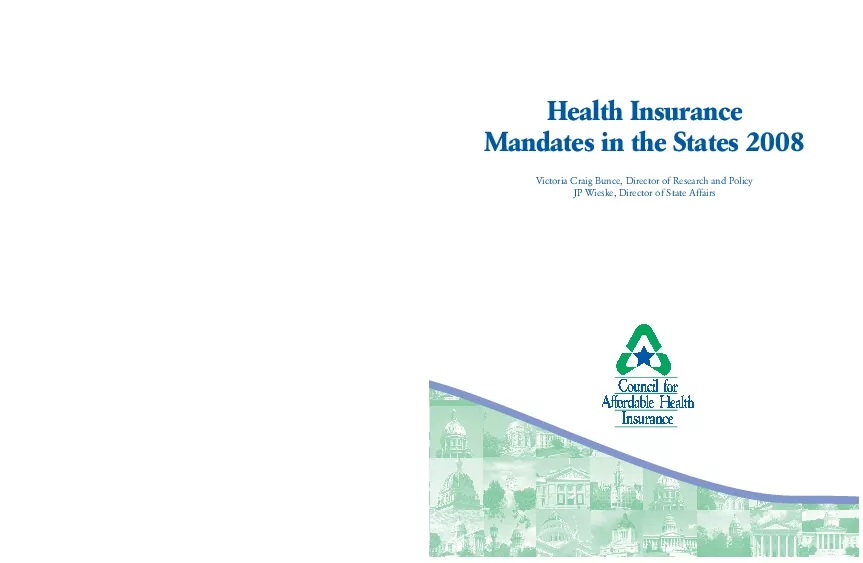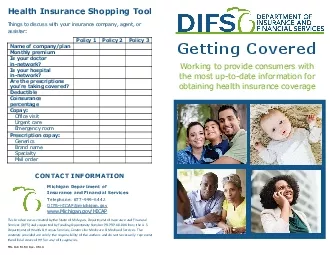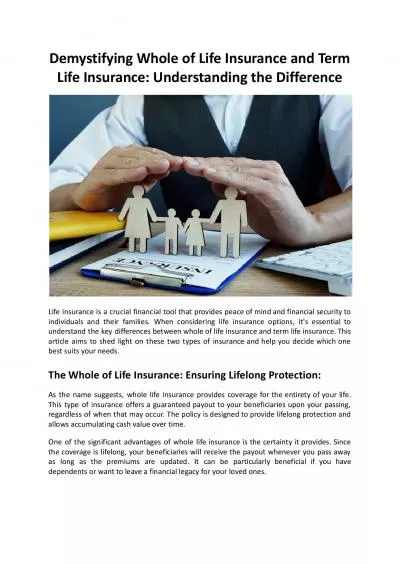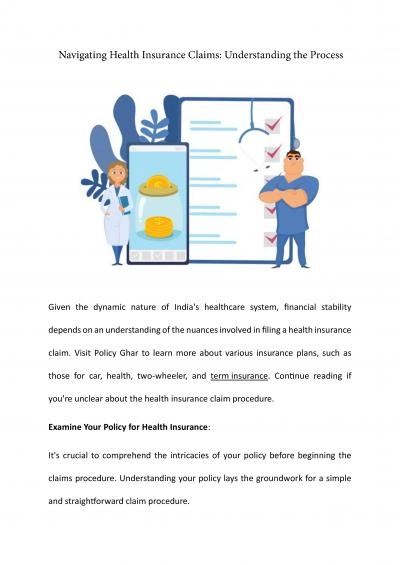PPT-Health Insurance Mandate Review:
Author : callie | Published Date : 2024-02-09
Donated Human Breast Milk HB2049 amp SB1650 2019 December 6 2021 Is there evidence that the proposed treatment is effective How commonly used and available is the
Presentation Embed Code
Download Presentation
Download Presentation The PPT/PDF document "Health Insurance Mandate Review:" is the property of its rightful owner. Permission is granted to download and print the materials on this website for personal, non-commercial use only, and to display it on your personal computer provided you do not modify the materials and that you retain all copyright notices contained in the materials. By downloading content from our website, you accept the terms of this agreement.
Health Insurance Mandate Review:: Transcript
Download Rules Of Document
"Health Insurance Mandate Review:"The content belongs to its owner. You may download and print it for personal use, without modification, and keep all copyright notices. By downloading, you agree to these terms.
Related Documents

